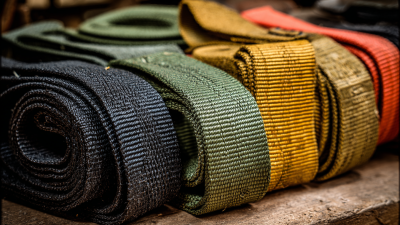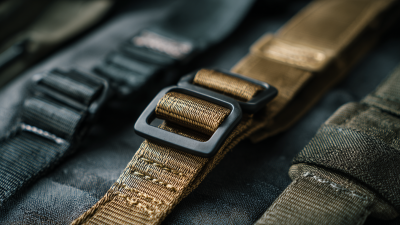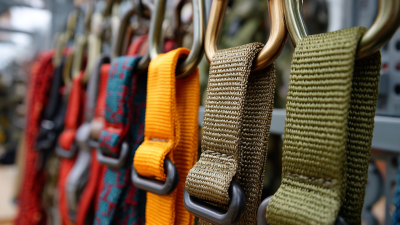In the world of outdoor adventures, selecting the right gear is essential for safety and efficiency, and cam straps are no exception. According to a recent industry report by the Outdoor Industry Association, more than 50% of outdoor enthusiasts consider equipment reliability as their top priority, emphasizing the need for high-quality fastening solutions like cam straps. These versatile tools are crucial for securing gear, whether you're loading a kayak on a roof rack or organizing equipment at a campsite. The market has seen a significant increase in the development of specialized cam straps, with innovations focused on strength, durability, and ease of use. As outdoor activities grow in popularity—projected to reach over 160 million participants by 2025—understanding how to choose the right cam straps will enhance your outdoor experiences while ensuring your gear remains safe and secure.
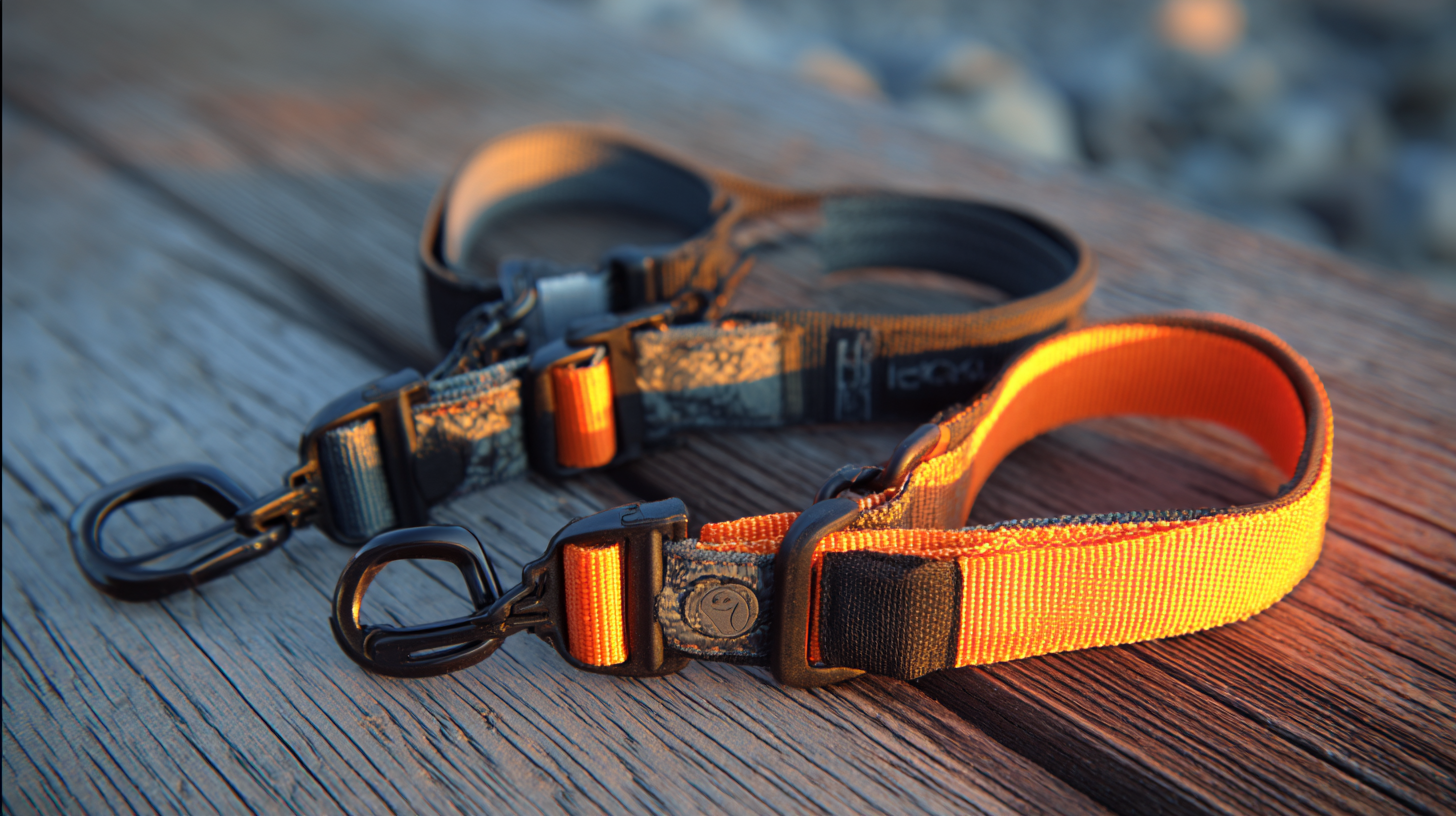
When selecting the right cam strap for your outdoor activities, it's essential to understand the specific requirements of your adventure. Whether you're hiking, camping, or kayaking, different activities demand different features from your straps. For instance, if you’re securing gear during a rough hike, opt for straps with extra grip and reinforced stitching. Conversely, lightweight options might be suitable for kayaking where weight is critical but ensure they are still strong enough to handle wet conditions.
**Tips:** Consider the length of the cam strap based on your gear. Shorter straps generally provide more tension, which is great for stabilizing smaller items, while longer straps allow for more versatility in securing larger gear. Additionally, check the width of the straps; wider straps distribute pressure more evenly, minimizing the risk of damage to your equipment.
Moreover, think about the cam mechanism itself. A higher-quality cam will allow for easier adjustments and a tighter hold. Look for straps with a durable finish to withstand exposure to the elements. Ensuring your cam strap is easy to use in various weather conditions can make or break your outdoor experience.

When it comes to outdoor adventures, choosing the right cam strap can significantly enhance your experience. Cam straps are versatile tools, widely utilized for securing gear, from camping equipment to kayaks. They come in various types, each designed for specific applications. For instance, heavy-duty cam straps, often made from high-strength polyester, can secure loads up to 1,500 pounds, making them ideal for transporting large items like roof racks or trailers. According to a report by the Outdoor Industry Association, 66% of outdoor enthusiasts prioritize gear reliability, emphasizing the need for durable cam straps that can withstand harsh conditions.
Another vital type of cam strap is the lightweight variant, suited for backpacking and day hikes. These straps generally weigh less than a pound and are designed to hold lighter gear securely without adding excessive bulk. A recent consumer survey found that 74% of backpackers opted for lightweight gear to maintain mobility and ease during their adventures. Understanding the distinctions between cam strap types ensures that outdoor enthusiasts can select the most appropriate option for their needs, keeping their gear safe and sound while they explore the great outdoors.
When selecting a cam strap for your outdoor adventures, several key features will ensure maximum durability. First and foremost, the material of the strap is crucial. Look for heavy-duty nylon or polyester, which can withstand harsh weather conditions and resist fraying over time. Additionally, the stitching quality is important; reinforced stitching will enhance the overall strength of the strap, preventing it from breaking under tension.
Tips for durability: Always choose straps with a protective coating or treatment for UV resistance if you plan on using them frequently in sunny climates. Furthermore, consider the width of the strap; broader straps distribute weight more evenly, reducing the risk of wear and tear.
Another vital aspect to consider is the buckle design. Opt for cam buckles that offer a secure hold and are easy to adjust. Metal cam buckles tend to be more durable than plastic ones, particularly in rugged environments. Checking user reviews can also provide insights into how well specific straps hold up in extreme conditions.
Tips for functionality: Ensure the cam strap’s length is suitable for your intended use, and always practice proper storage to maintain its integrity over time.
This chart compares the durability ratings of various cam strap materials, helping you to choose the right one for your outdoor adventures based on material strength and performance.
Proper maintenance and storage of cam straps are essential for ensuring their longevity and optimal performance during outdoor adventures. Firstly, after each use, it is crucial to clean the straps thoroughly. Rinse the straps with fresh water to remove dirt, sand, or salt, especially if they have been used in harsh conditions. Avoid using harsh chemicals, as they can degrade the material. Instead, a gentle soap solution can be employed for stubborn stains. Once cleaned, air dry the straps completely before storing them to prevent mildew and mold growth.
Storing cam straps correctly is equally important. They should be kept in a cool, dry place away from direct sunlight, which can cause fading and weaken the fibers over time. Use a storage bag or container that is breathable to avoid trapping moisture. Additionally, avoid storing cam straps under heavy items to prevent unnecessary creasing or damage. Regularly inspect your straps for signs of wear and tear, such as fraying or weakened buckles, to ensure they remain safe and reliable for your next outdoor escapade. By following these tips, you can extend the life of your cam straps and ensure they’re always ready for adventure.
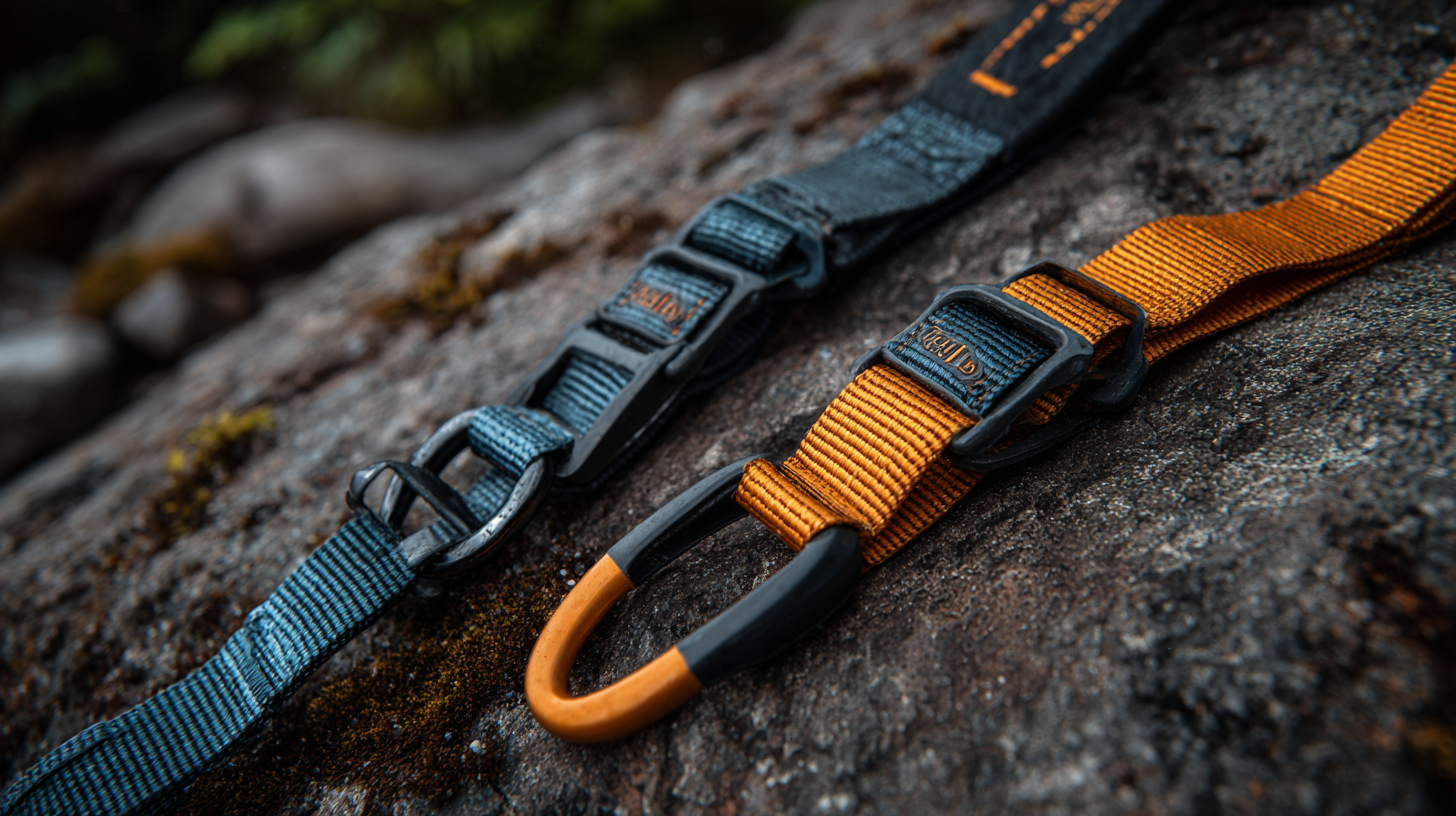
When embarking on outdoor adventures, the safety of your gear is paramount. Cam straps, commonly used for securing equipment, must be employed correctly to prevent accidents. According to the Outdoor Industry Association, improper use of straps can lead to gear failure, which occurs in about 10% of outdoor incidents, emphasizing the importance of understanding how to use cam straps securely.
To ensure maximum safety, always inspect your cam straps for wear and tear before use. Look for frayed edges or damaged buckles, as these can compromise their strength. Additionally, it is crucial to load cam straps correctly; never exceed the manufacturer's recommended weight capacity, typically ranging from 300 to 1,000 pounds depending on the strap's specifications. Following best practices such as securing the strap evenly and avoiding knots can enhance stability. Reports indicate that gear securing failures often occur due to improper tension application, highlighting the need to apply consistent pressure while tightening.
Lastly, position great care in the strap’s placement. Wrap cam straps around stable, firm points of your gear rather than fragile components. Ensuring a solid and secure attachment can mitigate potential accidents and gear damage, making your outdoor experience safer and more enjoyable.
